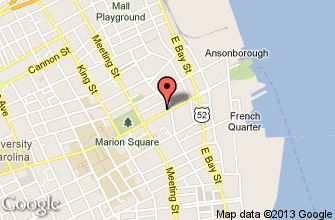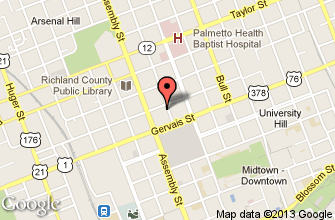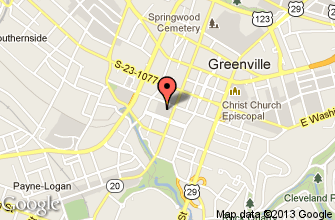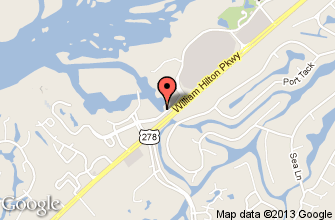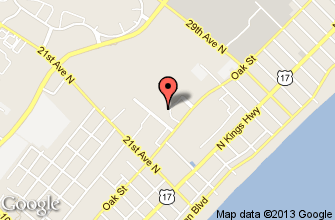News Room
PrintImproving Patent Eligibility for Your Software Despite the Prohibition of Patent Protection for "Abstract Ideas"Authored by: Hunter S. Freeman and Seann P. Lahey
December
14, 2016
As technologies advance, the Patent Office (as well as the Nation’s courts) must utilize Section 101 of the Patent Act to place reasonable limitations on patent eligibility to ensure that our patent system balances the competing goals of promoting innovation and ensuring that fundamental scientific tools and principles are not improperly removed from the public. This balancing act has recently presented a significant challenge for inventors of new software. However, several court decisions in 2016 provide helpful guidance for addressing patent eligibility of software-related inventions.
Section 101 of the Patent Act states that “whoever invents or discovers any new and useful process, machine, manufacture, or composition of matter, or any new and useful improvement thereof, may obtain a patent therefore, subject to the conditions of this title.”[i] While Congress intended for the above categories to be broad, there are limits as to what is patentable. For example, laws of nature, physical phenomena and abstract ideas are not patentable subject matter.[ii] This prohibition ensures that fundamental discoveries or abstract ideas for generally accomplishing a goal are not removed from public access and use for future innovations.
Prior to 2014, it was rare for the Patent Office to reject a patent application under § 101 on the grounds that the invention is directed towards an abstract idea. In a 2014 opinion, Alice v. CLS Bank, the Supreme Court of the United States invalidated a software-related patent on the grounds that the patent simply called for using a computer as a tool to automate conventional activities normally carried out by people.[iii] Because the Supreme Court has not defined what constitutes an “abstract idea,” the eligibility requirements for software patents has been a moving target. However, three recent decisions are instructive.
1. Enfish, LLC v. Microsoft Corp.[iv] Enfish sued Microsoft for infringing claims in two patents related to a “self-referential” database. The trial court found all of Enfish’s patent claims to be invalid for being directed to an abstract idea. On appeal, however, the Court of Appeals for the Federal Circuit ruled the patent claims were not directed to an abstract idea, but to “a specific improvement to the way computers operate.” Therefore, the claims were patentable.
To support its holding, the Federal Circuit explained that “the claims are not simply directed to any form of storing tabular data [which would be an abstract idea] but instead are specifically directed to a self-referential table for a computer database.” The Court of Appeals also noted that the self-referential table (1) “functions differently than conventional database structures;” and (2) “achieves other benefits over conventional databases, such as increased flexibility, faster search times, and smaller memory requirements.” Hence, the Federal Circuit concluded that the self-referential table does not simply automate the abstract idea of storing tabular data; instead, the table is a “specific type of data structure designed to improve the way a computer stores and retrieves data in memory.” .
2. McRo, Inc. v. Bandai Namco Games Am. Inc.[v] The Federal Circuit again reversed a trial court’s holding that the patent claims at issue were invalid for being directed to an abstract idea. The patent claims at issue describe the automation of a part of a preexisting 3-D animation method wherein the software (as opposed to the animator) manipulates the facial expressions of a 3-D character while the character speaks. The Federal Circuit disagreed with the trial court’s holding that the software simply used a computer as a tool to automate conventional activities. The Federal Circuit explained that the claimed software replaced the animator’s subjective determination as to the proper facial expression with a specific set of mathematical rules that could make a similar determination. The Federal Circuit further explained that “[i]t is the incorporation of the claimed rules, not the use of the computer, that ‘improved [the] existing technological process’ by allowing the automation of further tasks.” Because the computer automated process and the prior method were not carried out the same way, the Federal Circuit held that the claimed invention was not directed to an abstract idea.
3. Bascom Global v. AT&T Mobility[vi] The Federal Circuit found that while the internet filter patent claims at issue were directed to the abstract idea of filtering content, the claimed invention created a unique combination of elements that transformed the abstract idea into a patent-eligible application of that idea. The Court of Appeals found that “the installation of a filtering tool at a specific location, remote from the end-users, with customizable filtering features specific to each end user,” which associated “individual [internet] accounts with their own filtering scheme” was an inventive concept that was “significantly more than the abstract idea itself.” The Federal Circuit held the claims were patentable because the claimed invention did not “preempt all ways of filtering content on the Internet;” rather, the claims were directed to “a specific discrete implementation of the abstract idea of filtering content.”
These three Federal Circuit cases emphasize the importance of the notion that a patentee must not simply claim a method that uses a computer to automate conventional methods or abstract ideas. Instead, patent claims that focus on either (1) an improvement in the computer’s operation; or (2) a specific application of an abstract idea are more likely to be patent eligible. To further improve computer software patent eligibility, the patent application should highlight differences in the way the claimed process and the prior methods are carried out. The application should also emphasize the benefits that the claimed process has over the prior art. These differences and benefits will highlight that the patent claims do not preempt all techniques for accomplishing the desired result but merely describe a specific manner in which to do so.
To determine whether or not your patent or patent application could be affected by Section 101, contact us today.
[i] 35 U.S.C. §101
[ii] 35 U.S.C. §101
[iii] Alice Corp. Pty. Ltd. v. CLS Bank Int'l, 134 S. Ct. 2347 (U.S. 2014).
[iv] Enfish, LLC v. Microsoft Corp., 22 F.3d 1327 (Fed. Cir. May 12, 2016).
[v] McRo, Inc. v. Bandai Namco Games Am. Inc., 837 F.3d 1091 (Fed. Cir. Sept. 13, 2016).
[vi] Bascom Global Internet Servs. v. AT&T Mobility LLC, 827 F.3d 1341 (Fed. Cir. June 27, 2016)

